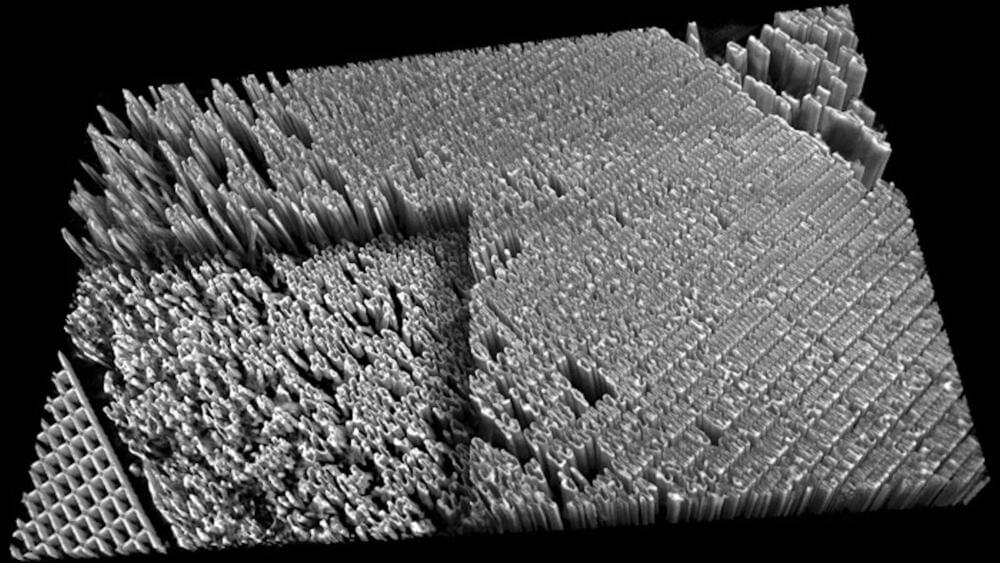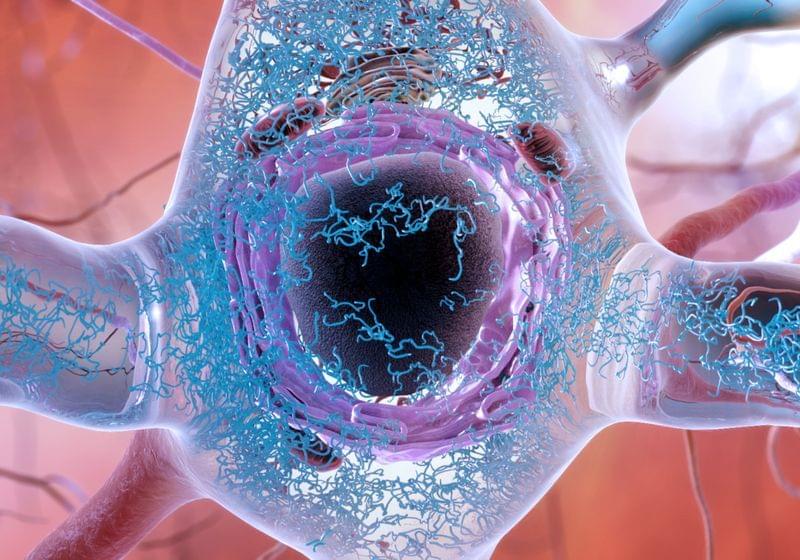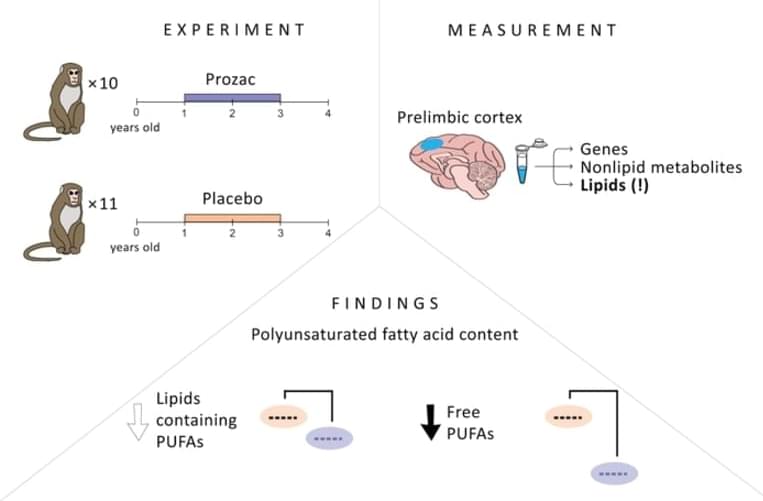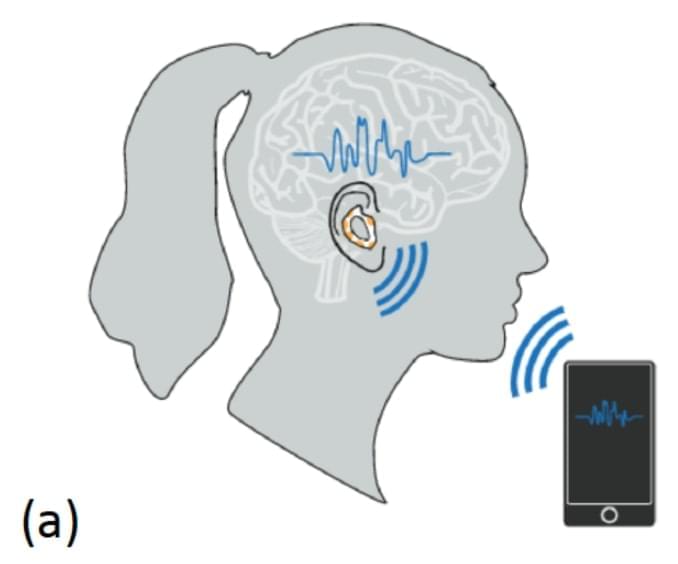About 11.1 million Americans are living with long COVID-19, according to new estimates from The American Academy of Physical Medicine and Rehabilitation.
Long COVID-19, or persistent symptoms up to six months after being cleared of the illness, affects around 30 percent of individuals who had COVID-19, according to two recent publications from the Journal of the American Medical Association. Symptoms of long COVID-19 are varied and may include neurological challenges, cognitive problems, shortness of breath, fatigue, pain and mobility issues.
The AAPM&R has developed a dashboard estimating long COVID-19 infections. The model assumes that 30 percent of people who recover from acute COVID-19 develop long COVID-19, but users can adjust estimates based on higher or lower percentages. U.S. case data is pulled from Baltimore-based Johns Hopkins University COVID-19 data. U.S. census data uses2019estimates.









